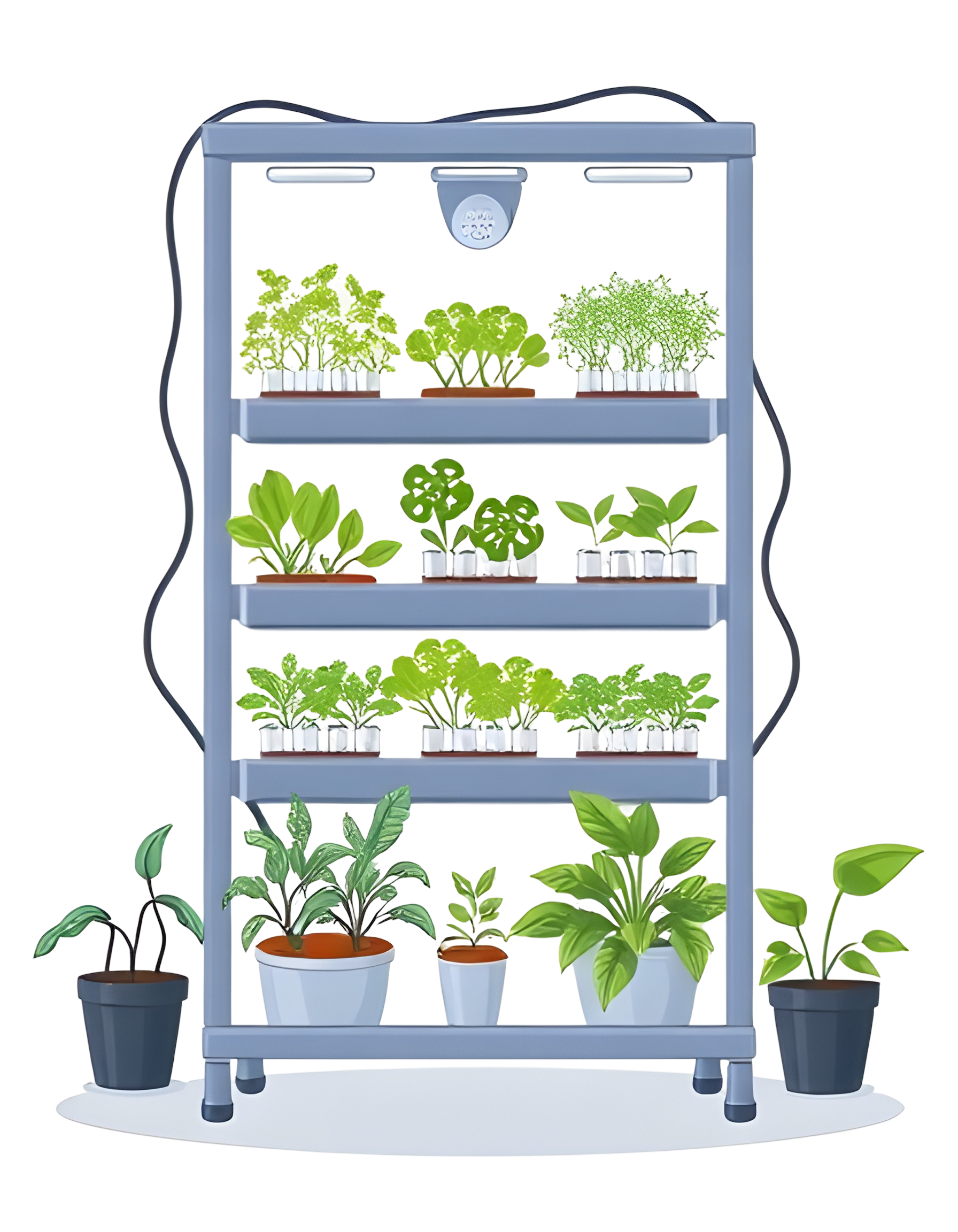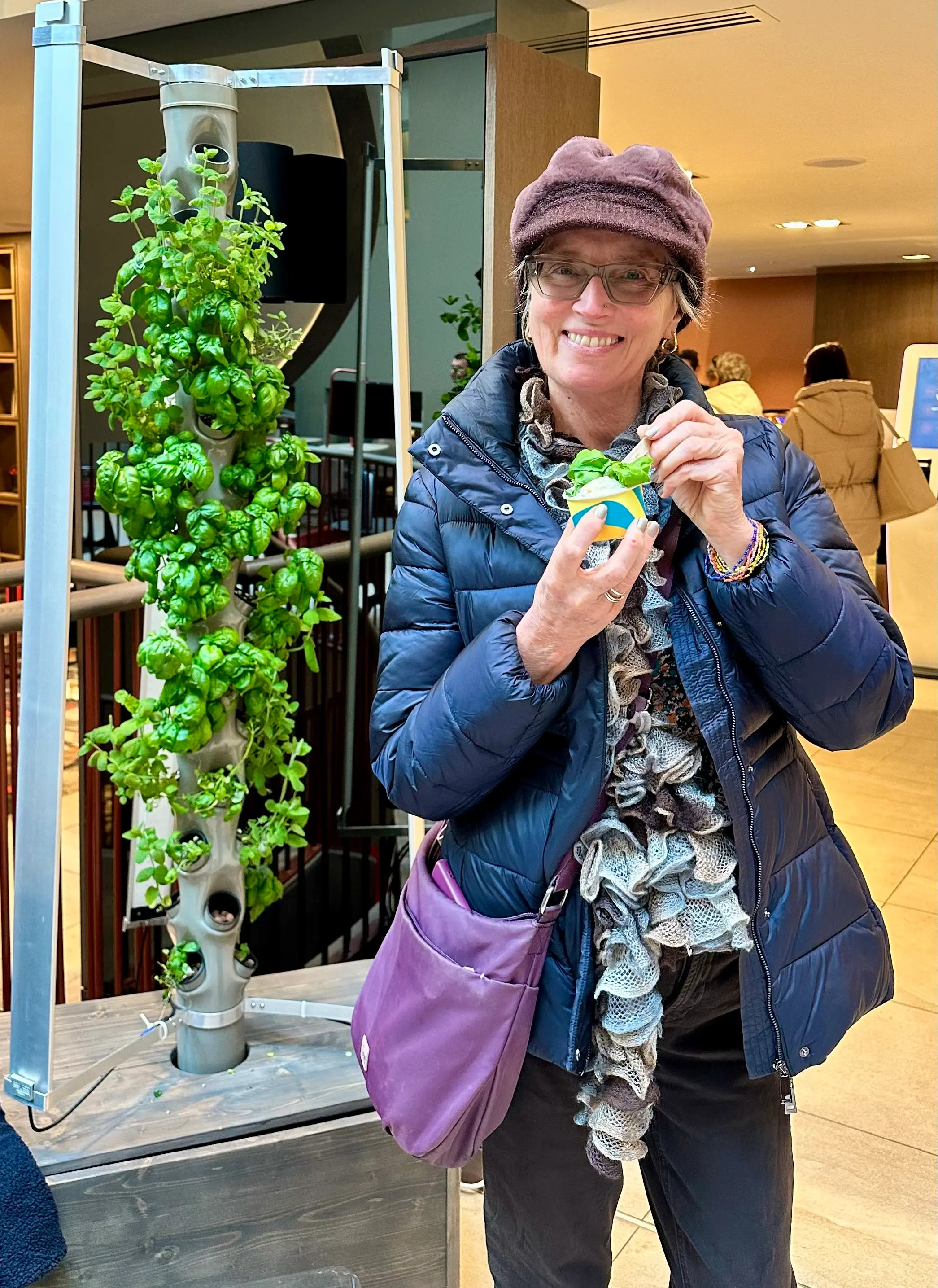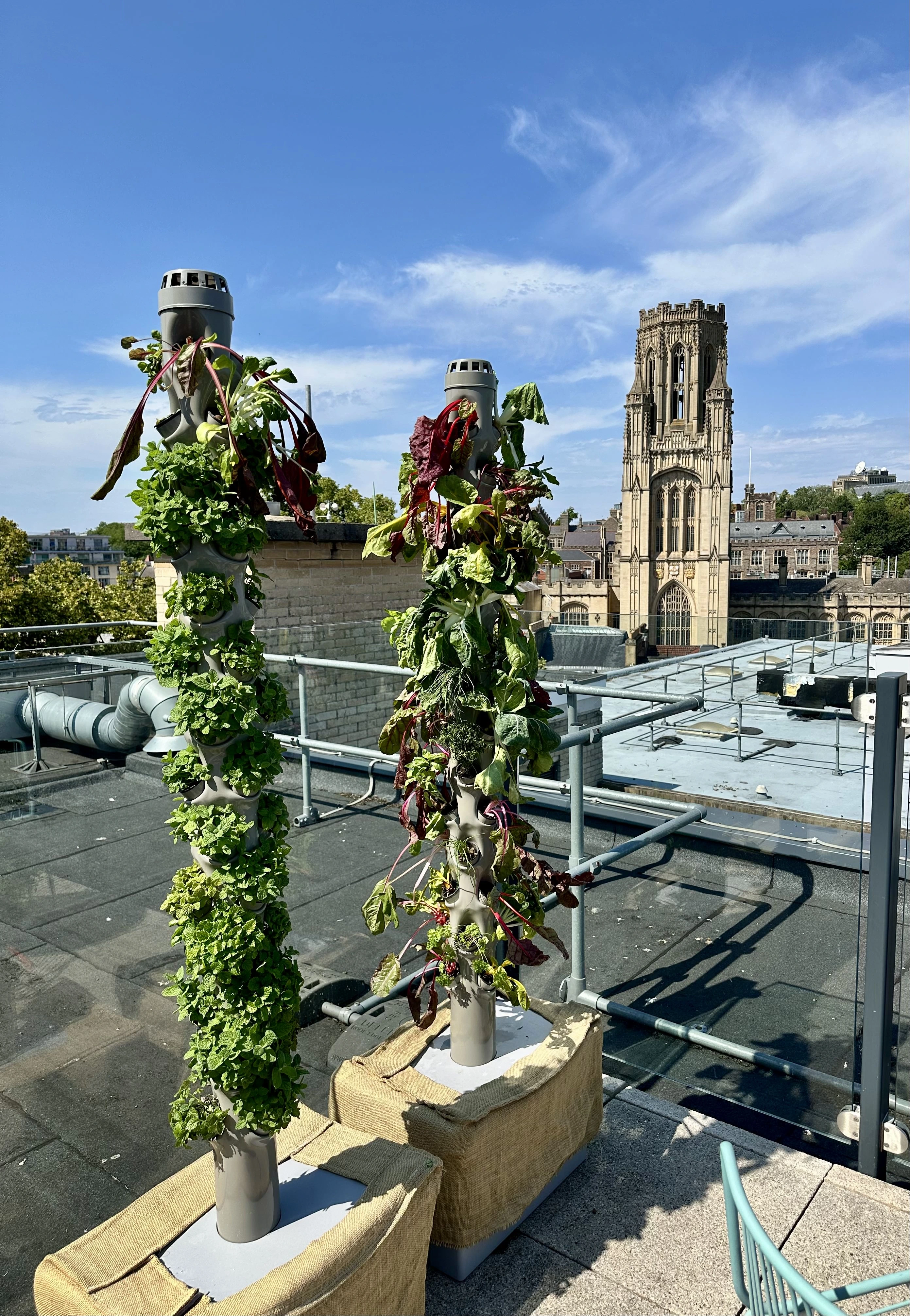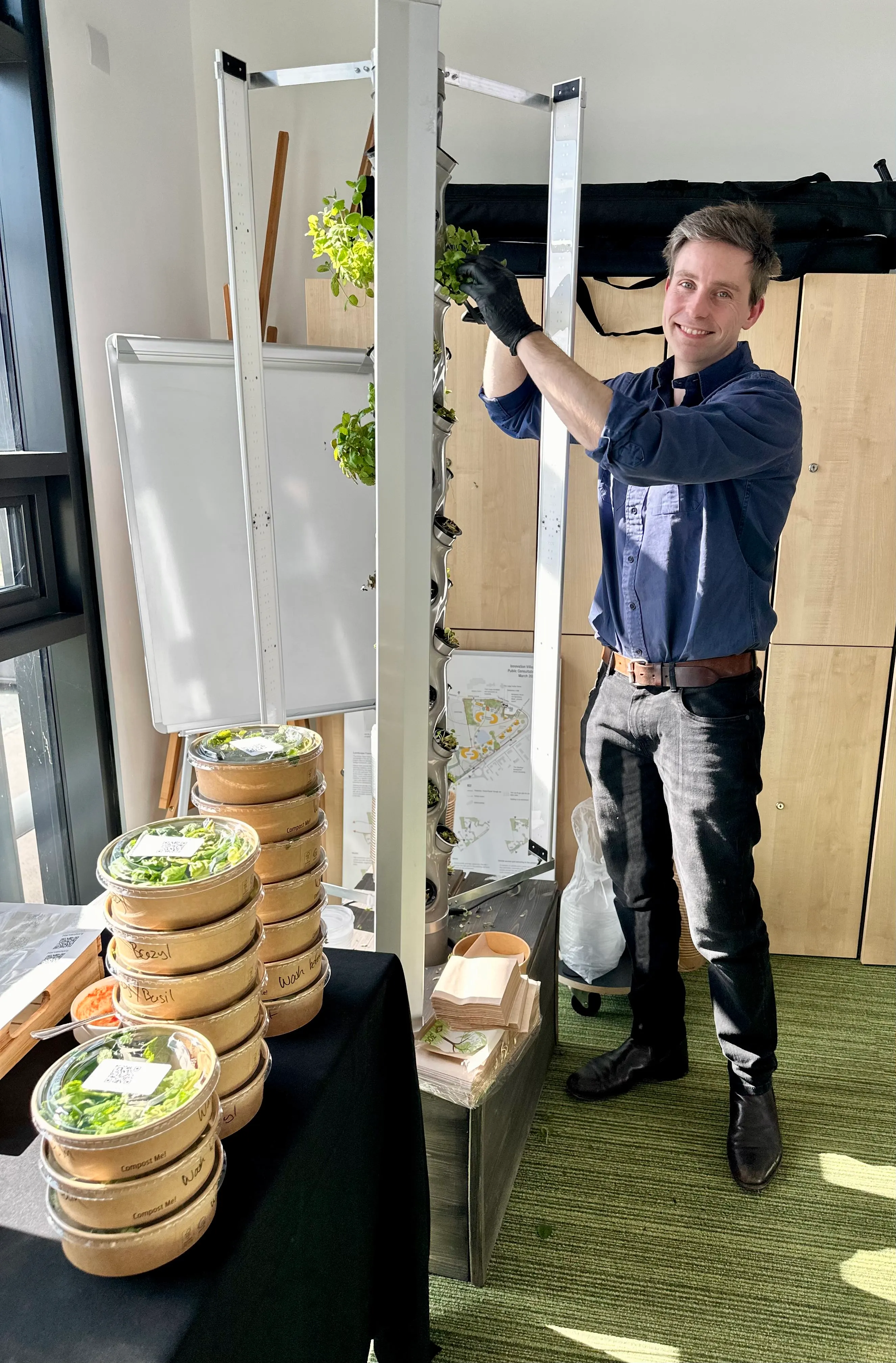Plant the seed. Grow the story.
Vertical farming for Offices, Hospitality and the Community. Enriching indoor spaces through biophilic design, knowledge, and sustainability.

You can have all the money in the world, but without your health, it means very little.
We believe health is the foundation of a meaningful life, and that begins with food. Harvestory exists to reconnect people with what they eat, how it's grown, and why it matters. Transforming workplaces into spaces for nourishment, learning, and collective growth.
Our Solutions
Harvestory brings vertical farms into everyday spaces to nourish people and the planet. Whether it's a corporate office, school, hotel, or healthcare setting, we create interactive growing environments that build connection, spark joy, and generate real-world impact.
Office
Offices, co-working and workspaces.
Hospitality
Restaurants, hotels, canteens and cafeterias.
Education
Schools (primary secondary, SEN) and universities.
Health
Hospitals, hospices and wellness centers.
"The vertical farm has transformed our office culture, it's fresh, literally and metaphorically."
Our numbers are also growing
7
Unique crops harvested per cycle
15
Schools supported to date
9/10
Staff reported improved wellbeing in the workplace
800+
Educational hours delivered to pupils
2.3
Tonnes of CO2 offset vs traditinal food transport
News from the farm
Catch all the goings on from our latest sustainable farming installations.
Visit the Blog →

